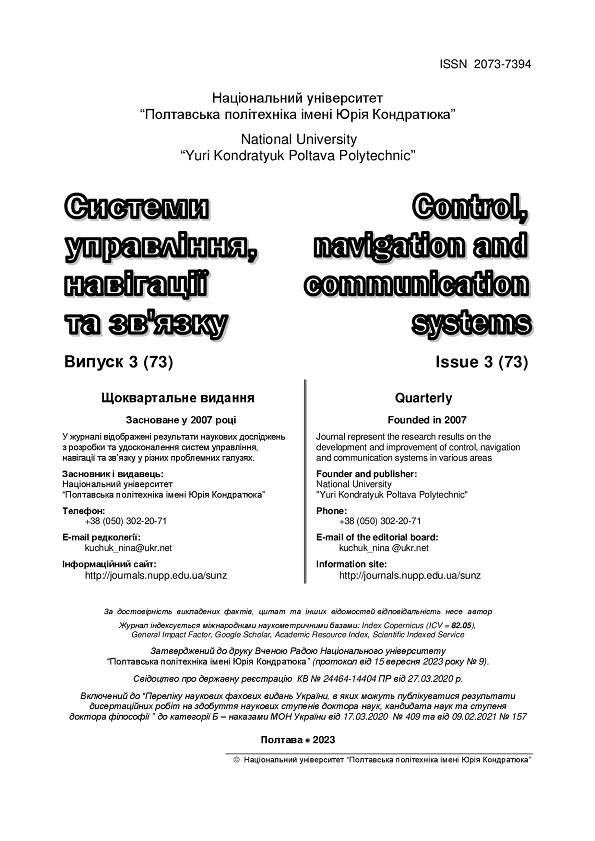GRID TECHNOLOGIES IN DISTRIBUTED COMPUTING ENVIRONMENTS
DOI:
https://doi.org/10.26906/SUNZ.2023.3.148Keywords:
GRID technology, distributed system, cloud technology, resource distributionAbstract
The article considers modern technologies used in distributed computing environments. Article purpose is conducting a comparative analysis of GRID and cloud technologies and identifying the features of Grid technologies. As a result of the research, the difference between cloud computing and grid computing from the user's point of view was determined. It is shown that there are classes of tasks that prefer Grid technology. Detailed processes of resource allocation and calculation by GRID technology. The questions that arise when using GRID technology for the plan-wave of non-stationary systems are formulated. The necessity and relevance of development of new models, algorithms and strategies of planning organization in GRID is substantiated.Downloads
References
Mroz, R.S. How Advanced Nuclear Generation Technologies Support Electric Grid Resilience. Journal of Critical Infrastructure Policy. Vol. 3(2), pp. 29–36. DOI: http://dx.doi.org/10.18278/jcip.3.2.4.
Tang, P. A digitalization-based image edge detection algorithm in intelligent recognition of 5G smart grid. Expert Systems with Applications. 2019. Vol. 233, 120919. DOI: http://dx.doi.org/10.1016/j.eswa.2023.120919.
She R., Sun M. Security Energy Efficiency Analysis of CR-NOMA Enabled IoT Systems for Edge-cloud Environment. Int. Journal of Computational Intelligence Systems. 2023. Vol. 16(1), 118. DOI: http://dx.doi.org/10.1007/s44196-023-00273-y.
Петровська І. Ю., Кучук Г. А. Розподіл обчислювальних ресурсів у хмарних системах. Системи управління, навігації та зв'язку. 2022. Вип. 2 (68). С. 75–78. DOI: http://dx.doi.org/10.26906/SUNZ.2022.2.075.
Kuchuk G., Nechausov S., Kharchenko, V. Two-stage optimization of resource allocation for hybrid cloud data store. Int. Conf. on Information and Digital Technologies. Zilina, 2015. P. 266-271. DOI: http://dx.doi.org/10.1109/DT.2015.7222982.
Кучук Г.А., Коваленко А. А., Лукова-Чуйко Н. В. Метод мінімізації середньої затримки пакетів у віртуальних з’єднаннях мережі підтримки хмарного сервісу. Системи управління, навігації та зв’язку. Полтава . ПНТУ, 2017. Вип. 2(42). С. 117-120.
Sharma, M., Kaur, P. Reliable federated learning in a cloud-fog-IoT environment. Journal of Supercomputing. 2023. Vol. 79(14). P. 15435–15458. DOI: http://dx.doi.org/10.1007/s11227-023-05252-w.
Baucas, M.J., Spachos, P. Improving Remote Patient Monitoring Systems Using a Fog-Based IoT Platform with Speech Recognition. 2023. IEEE Sensors Journal. Vol. 23(15). P. 17611–17618. DOI: http://dx.doi.org/10.1109/JSEN.2023.3287916.
Essalhi, S.E., Raiss El Fenni, M., Chafnaji, H. A new clustering-based optimised energy approach for fog-enabled IoT networks. IET Networks. Vol. 12(4). P.155–166. DOI: http://dx.doi.org/10.1049/ntw2.12082.




